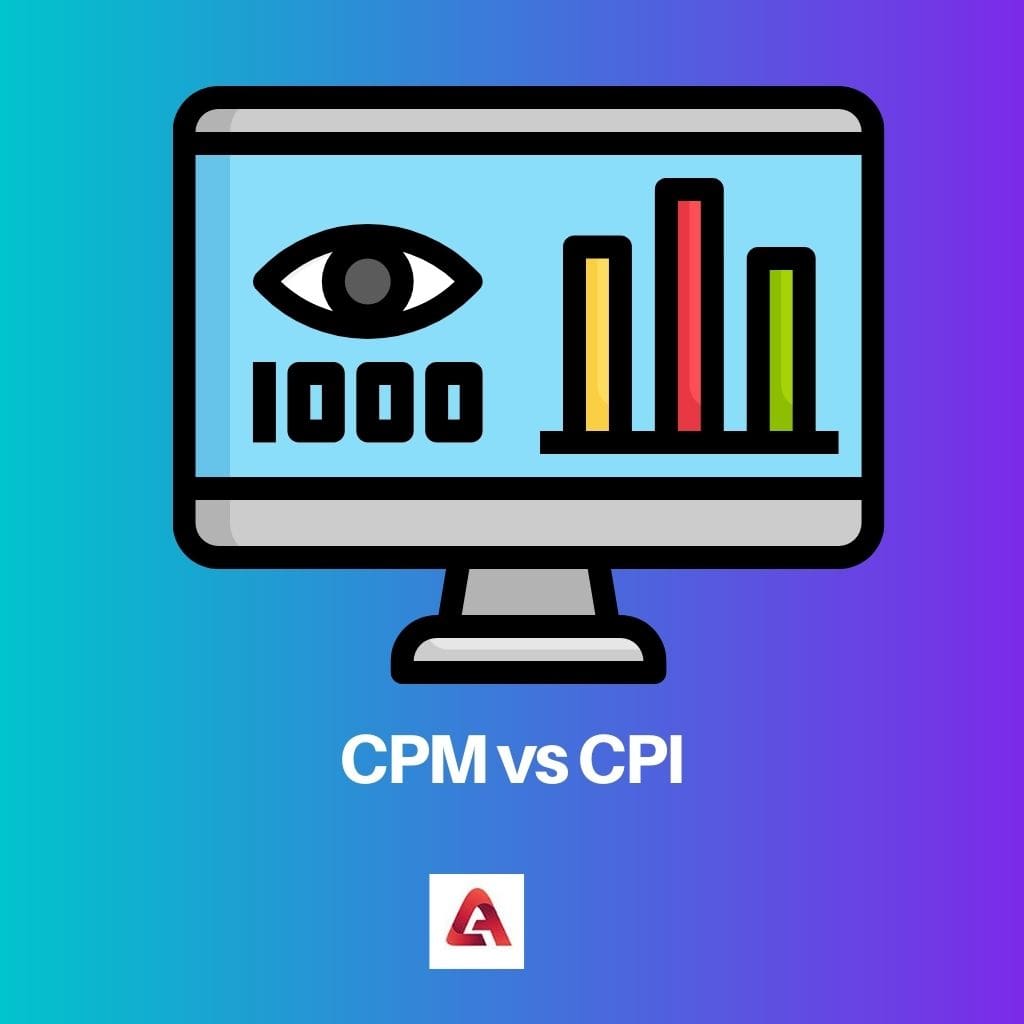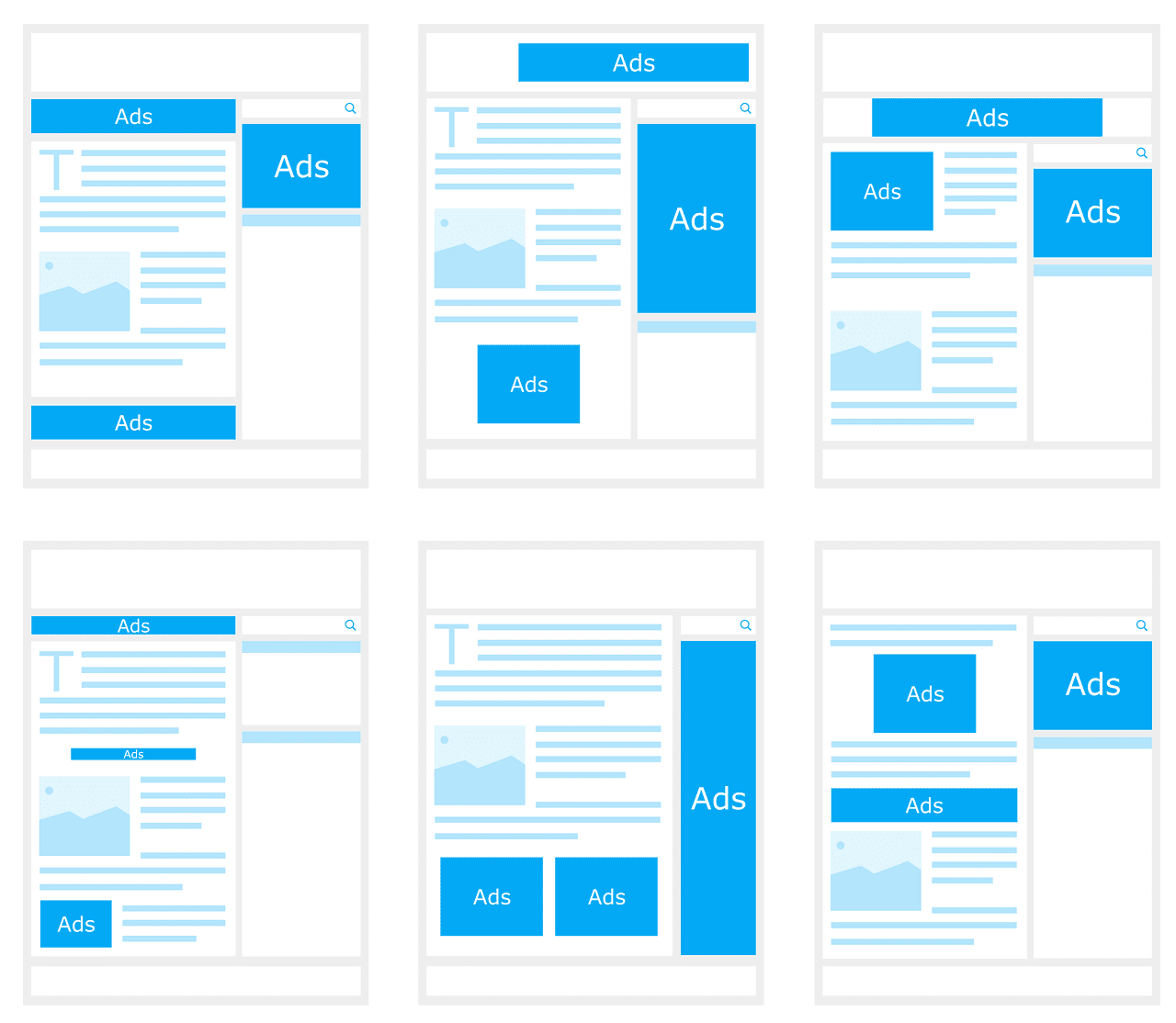CPM (Cost Per Mille) is a advertising metric that measures the cost per thousand impressions, while CPI (Cost Per Install) is a metric that calculates the cost of acquiring a single installation for a mobile app. CPM focuses on impressions, while CPI focuses on app installations.
Key Takeaways
- CPM (Cost per Mille) is an advertising model where advertisers pay for every thousand impressions of their ad. In contrast, CPI (Cost per Install) is a model where advertisers pay for each app installation resulting from the ad.
- CPM is commonly used for display and video ads, while CPI is specific to mobile app marketing campaigns.
- Both CPM and CPI models can be effective, but the choice depends on the advertiser’s goals, whether they aim for brand awareness (CPM) or driving app installs (CPI).
CPM vs CPI
CPM (Cost Per Mille) is a pricing model for online advertising that means the cost per 1,000 impressions. CPI (Cost Per Impression) is similar, but the price is calculated per impression. CPM is commonly used for display advertising and brand awareness campaigns, while CPI is used for performance-based campaigns where the main goal is a specific action from the user, such as a click or conversion.

Both are used in how an advertiser will pay for running his ad campaign.
Both these methods of running campaigns send objectives to fulfil for the advertiser. When an advertiser wants to show his business or product in front of the audience, then the CPM method is used.
The CPI method is used when the advertiser wants to install software or a mobile app.
Comparison Table
| Feature | CPM (Cost per Mille) | CPI (Cost per Install) |
|---|---|---|
| Pricing model | Cost per 1,000 impressions | Cost per app install |
| Focus | Brand awareness, reach | User acquisition, conversions |
| Payment trigger | Every 1,000 times an ad is displayed | When a user installs the app after clicking on the ad |
| Suitable for | Building brand awareness, promoting new apps, retargeting | User acquisition campaigns, driving downloads |
| Benefits | Broad reach, predictable budgets, simple to measure | Directly measures conversions, targeted, good for performance marketing |
| Drawbacks | Doesn’t guarantee user engagement, less accurate for conversions | Not suitable for branding, higher risk for advertisers, relies on good click-through rate |
| Metrics to track | Impressions, click-through rate (CTR) | Installs, cost per install (CPI), conversion rate |
| Examples | Display ads, banner ads | Mobile app install ads, interstitial ads |
What is CPM?
CPM, or Cost Per Mille, is a widely used advertising metric that represents the cost of one thousand impressions. In the context of online advertising, an “impression” refers to each instance when an ad is viewed by a user, regardless of whether they interact with it.
Calculation
CPM is calculated by dividing the total cost of an advertising campaign by the number of thousands of impressions it generates. The formula for CPM is as follows:
CPM = Total Cost / (Impressions/1000)
Usage
CPM is commonly used in display advertising, where advertisers pay for the number of times their ad is displayed to potential viewers. It helps advertisers evaluate the efficiency and cost-effectiveness of their campaigns based on the exposure their ads receive.
Limitations
While CPM is useful for assessing brand exposure and awareness, it does not measure user engagement or actions taken after viewing the ad. Advertisers complement CPM with other metrics, such as Click-Through Rate (CTR) or Cost Per Click (CPC), to gain a more comprehensive understanding of campaign performance.

What is CPI?
Cost Per Install (CPI) is a key performance indicator in digital marketing that measures the average cost incurred by advertisers for each app installation generated through their advertising campaigns.
Calculation
CPI is calculated by dividing the total advertising spend by the number of installations generated during a specific campaign period. The formula is as follows: “CPI = Total Advertising Spend / Number of Installations.”
Importance
CPI is particularly relevant in mobile app marketing, providing advertisers with insights into the efficiency and cost-effectiveness of their user acquisition efforts. It helps app developers assess the return on investment (ROI) for their advertising expenditures.
Key Considerations
- Attribution Models: Understanding the attribution model used to attribute installs to specific advertising channels is crucial for accurate CPI calculation.
- Quality of Installs: Advertisers should not only focus on minimizing CPI but also ensure that acquired users are of high quality and likely to engage with the app.
- Optimization Strategies: Advertisers employ optimization strategies based on CPI data to allocate budget effectively and enhance the overall performance of their user acquisition campaigns.

Main Differences Between CPM and CPI
- Focus Metric:
- CPM (Cost Per Mille) focuses on the cost per thousand impressions.
- CPI (Cost Per Install) focuses on the cost incurred for each app installation.
- Measurement Unit:
- CPM is measured in cost per thousand impressions (e.g., dollars per thousand views).
- CPI is measured in cost per install (e.g., dollars per app installation).
- Campaign Emphasis:
- CPM is more concerned with the visibility and reach of an ad, as it charges advertisers for every thousand impressions, regardless of user actions.
- CPI is specifically tailored for mobile app marketing, emphasizing the cost efficiency of acquiring users who install the advertised app.
- Applicability:
- CPM is commonly used for brand awareness campaigns where the goal is to maximize the visibility of an ad.
- CPI is prevalent in mobile app marketing scenarios, where the primary objective is to drive installations and user acquisition.
- Calculation Method:
- CPM is calculated by dividing the total cost of the campaign by the number of impressions (in thousands).
- CPI is calculated by dividing the total advertising spend by the number of app installations.
- Objective:
- CPM is more aligned with creating brand awareness and visibility in the target audience.
- CPI is focused on driving actual user engagement by encouraging app installations.